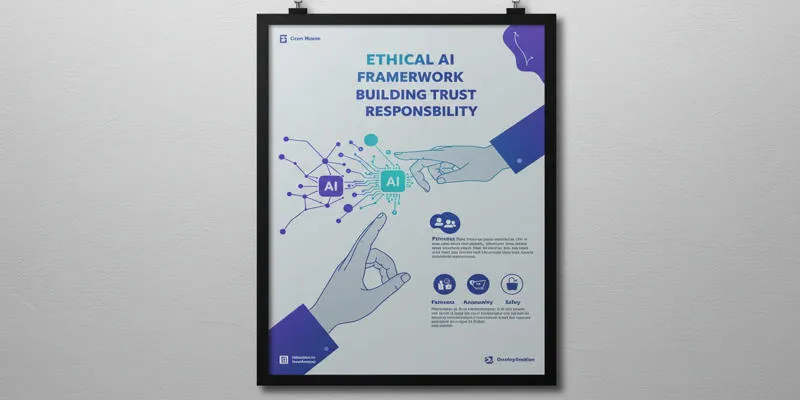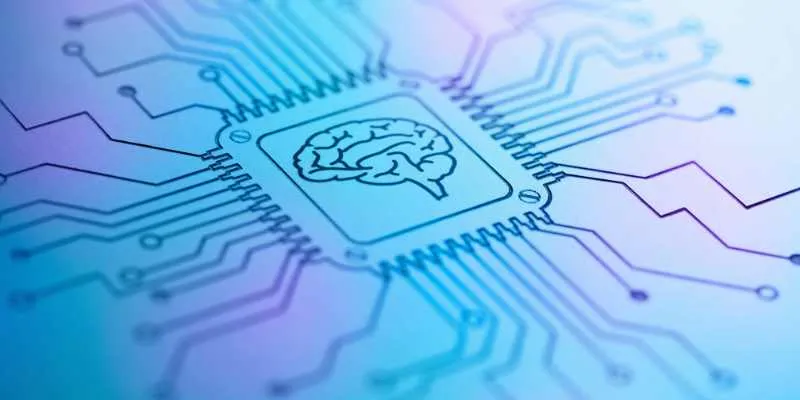Artificial Intelligence seems like magic—machines recognize faces, drive cars, and answer questions in seconds. But behind this brilliance lies a serious issue that often goes unnoticed: AI security risks. These risks don’t stem from typical hackers breaching systems; instead, they arise from something more insidious: adversarial attacks.
Adversarial attacks manipulate AI models into making erroneous decisions using small, imperceptible tactics. A stop sign could be misinterpreted as a speed limit sign, turning a secure system into a vulnerable one. In a world rapidly embracing automation, understanding these covert threats is not just wise—it’s essential for safeguarding technology’s integrity and reliability.
What Makes AI Security Risks So Perilous?
AI security risks differ from conventional tech issues. They don’t announce themselves like stolen passwords or overt hacking attempts. Instead, they infiltrate the core of the machine—where it learns, decides, and reacts. AI systems rely on patterns and data to function. However, if attackers feed them deceptive patterns or sneaky data, the AI doesn’t merely make a minor error—it completely misinterprets reality.
Imagine a scenario where a company uses facial recognition for building access control. It feels secure until someone manipulates the system to recognize a stranger as an authorized employee. No alarms sound—just unfettered access. This isn’t science fiction; this is happening today.
The alarming part? These attacks leave no trace. To us, it’s a cat photo. But with imperceptible alterations to the AI, an attacker can make it perceive a toaster or a tree. It’s akin to watching a magician deceive the smartest person in the room.
The sheer danger of AI security risks lies in their ability to exploit AI’s primary strength—pattern recognition—and transform it into vulnerabilities. Most individuals won’t anticipate these threats until it’s too late.
The Covert World of Adversarial Attacks
Adversarial attacks are akin to mind games for machines. They leverage minute alterations in input data—changes imperceptible to humans—to thoroughly confound AI systems. Their aim is simple: erode the trust between human perception and AI inference.

Consider driving a smart car approaching a stop sign. To you, it’s unmistakable. However, if an attacker strategically places stickers or marks on the sign to deceive the car’s AI, it might misinterpret it as a speed limit sign, potentially leading to a hazardous situation.
This is how adversarial attacks function in reality—introducing digital noise to images, altering audio commands, or manipulating text data to mislead AI in its interpretation. What’s most alarming? Adversarial attacks are rapidly evolving, with hackers continuously exploring new methods to outpace security measures.
These attacks extend beyond cars and cameras. Adversarial attacks are being trialed on medical systems, financial fraud detection tools, voice assistants, and even military drones. If AI operates it, there’s someone out there attempting to deceive it.
Why Adversarial Attacks Are More Critical Than Ever?
The repercussions of adversarial attacks transcend mere embarrassing errors or technical glitches. They entail real-world consequences impacting safety, security, and even human lives.
In healthcare, an AI system analyzing medical images could be duped into overlooking a tumor or misdiagnosing a condition. In finance, fraud detection mechanisms could be circumvented through meticulously crafted data manipulations, resulting in significant financial losses for companies. In smart homes, voice assistants could be deceived into unlocking doors, transferring funds, or divulging sensitive information.
Perhaps most concerning is the risk posed to self-driving cars. A single misinterpreted traffic sign or imperceptible road hazard could trigger accidents. As our reliance on AI for critical decisions deepens, the stakes heighten when these systems face attacks.
AI security risks are a looming threat. It’s not a matter of “if” attackers will employ these tactics—it’s happening right now. The pivotal question is: Are we prepared to counter these threats?
Fighting Back: Safeguarding AI Against Adversarial Attacks
The encouraging news? AI security is not stagnant. Developers and researchers are actively devising defenses to repel these attacks. Yet, akin to any robust security strategy, there’s no singular panacea.

One potent approach is adversarial training. This involves subjecting AI systems to adversarial attacks during their learning phase, teaching them to discern these ploys before encountering them in real-world scenarios. It’s akin to providing the AI with practice rounds to anticipate potential threats.
Another effective defense is input sanitization. This method scrutinizes and purges all incoming data before AI processes it. If any data appears suspicious, the system either rectifies it or rejects it outright. It mirrors checking someone’s ID before granting access to a secure area.
Explainable AI represents another breakthrough in defense. These models elucidate the rationale behind their decisions, aiding developers and security teams in identifying anomalies. If an AI system yields an unexpected outcome, teams can investigate promptly and rectify the issue.
Naturally, defenses must evolve in tandem with attacks. Hackers are innovative, necessitating security teams to remain ahead of the curve by continuously updating their models, probing for vulnerabilities, and sharing insights across sectors.
Conclusion
AI security risks are no longer a future speculation—they are an immediate challenge. Adversarial attacks underscore the vulnerability of AI systems to meticulously crafted threats, jeopardizing critical industries like healthcare, finance, and transportation. Combatting these risks demands proactive measures such as adversarial training, input sanitization, and explainable AI models. As AI increasingly shapes contemporary life, fortifying resilient systems is imperative. Staying ahead of adversarial attacks isn’t discretionary—it’s paramount to securing the future of artificial intelligence.
 zfn9
zfn9






















